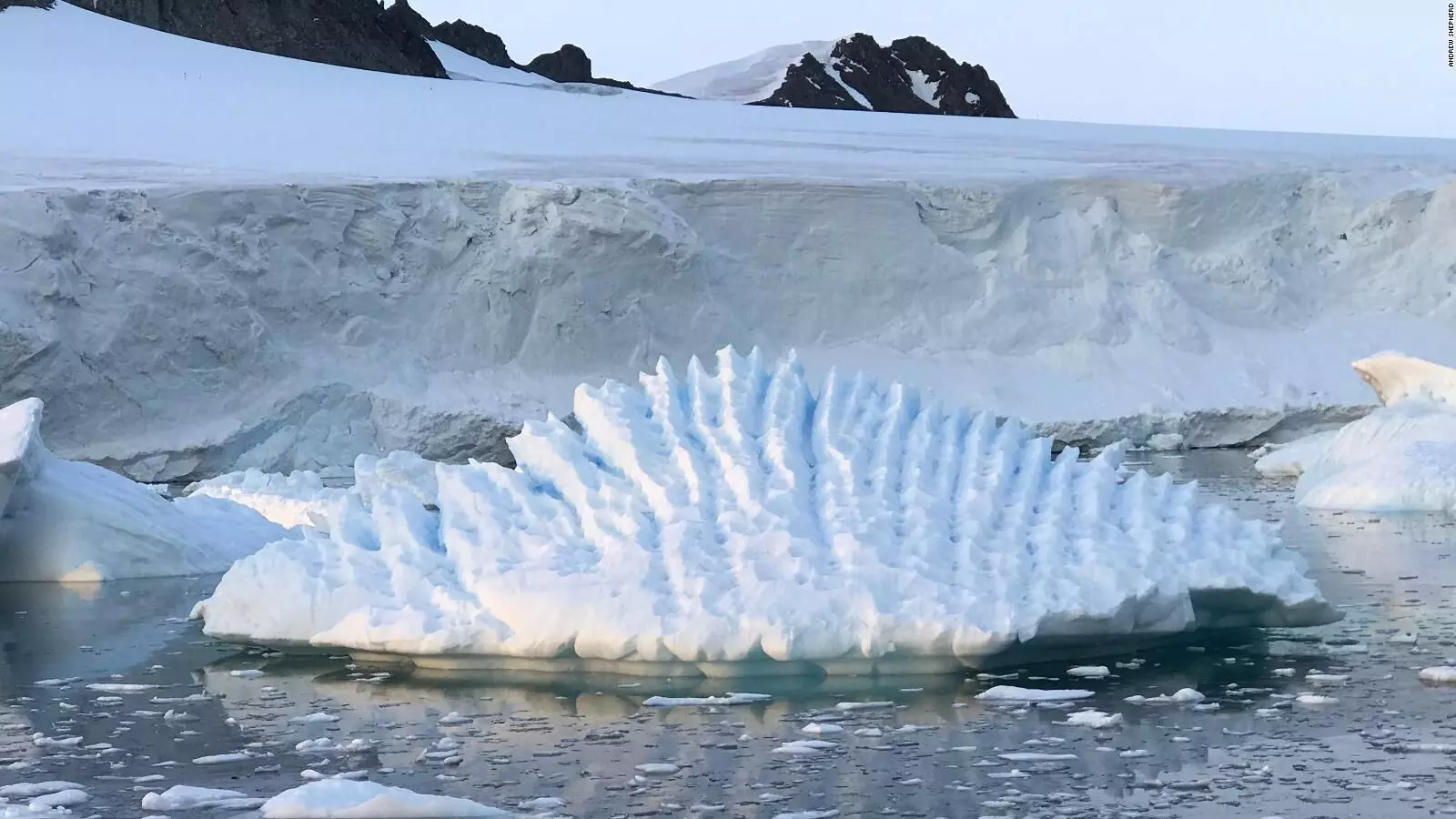Live
- MyVoice: Views of our readers 24th December 2024
- Centre scraps 'no-detention policy' for Class 5, 8 students
- Waste to Worth: Be Excreta Wise
- Officials told to resolve issues of differently-abled
- Israel orders ‘impossible’ evacuation
- Farmers plead for justice as govts betray them
- TDP committed to welfare of Christians: CM
- Collector Ansariya reviews development programmes
- CM orders clearance of diet bill dues to hostels
- MP Purandeswari assures to discuss with CM Naidu
Just In

Geoengineering has emerged as the latest option to cool the climate. But artificially "dimming the sun" does not work without decarbonisation and entails high risks, according to a new study.
New Delhi: Geoengineering has emerged as the latest option to cool the climate. But artificially "dimming the sun" does not work without decarbonisation and entails high risks, according to a new study.
A key reason for the increased interest in geoengineering is the avoidance of tipping points at which the climate could change abruptly and irreversibly. These include the melting of the West Antarctic and Greenland ice sheets and the associated metre-high sea level rise.
Researchers from the University of Bern in Switzerland investigated the question of whether the melting of ice in West Antarctica could be prevented by artificially influencing solar radiation.
"The window of opportunity to limit the global temperature increase to below 2 degrees is closing fast," said ice modelling specialist Johannes Sutter from the varsity.
That is why, he said, it is necessary to use theoretical models to study the effects and risks of "solar radiation management (SRM)" -- a term used to describe various methods of blocking solar radiation in order to make the Earth cooler.
Specifically, Sutter and his team use ice model simulations to investigate what would happen if aerosols -- suspended particles in a gas -- introduced into the stratosphere succeeded in blocking solar radiation from the earth -- a dimming of the sun.
They found "that the most effective way to prevent long-term collapse of the West Antarctic Ice Sheet is rapid decarbonisation." The chances of a longer-term stable ice sheet are greatest if greenhouse gas emissions were reduced to net zero "without delay."
Further, to dim the Sun, Sutter said that it would take a whole fleet of extremely high-flying aeroplanes to spread millions of tonnes of aerosols in the stratosphere.
However, this technical intervention in the climate would have to be maintained without interruption and for centuries. If the intervention were stopped as long as the greenhouse concentration in the atmosphere remained high, the temperature on earth would quickly rise by several degrees.

© 2024 Hyderabad Media House Limited/The Hans India. All rights reserved. Powered by hocalwire.com







